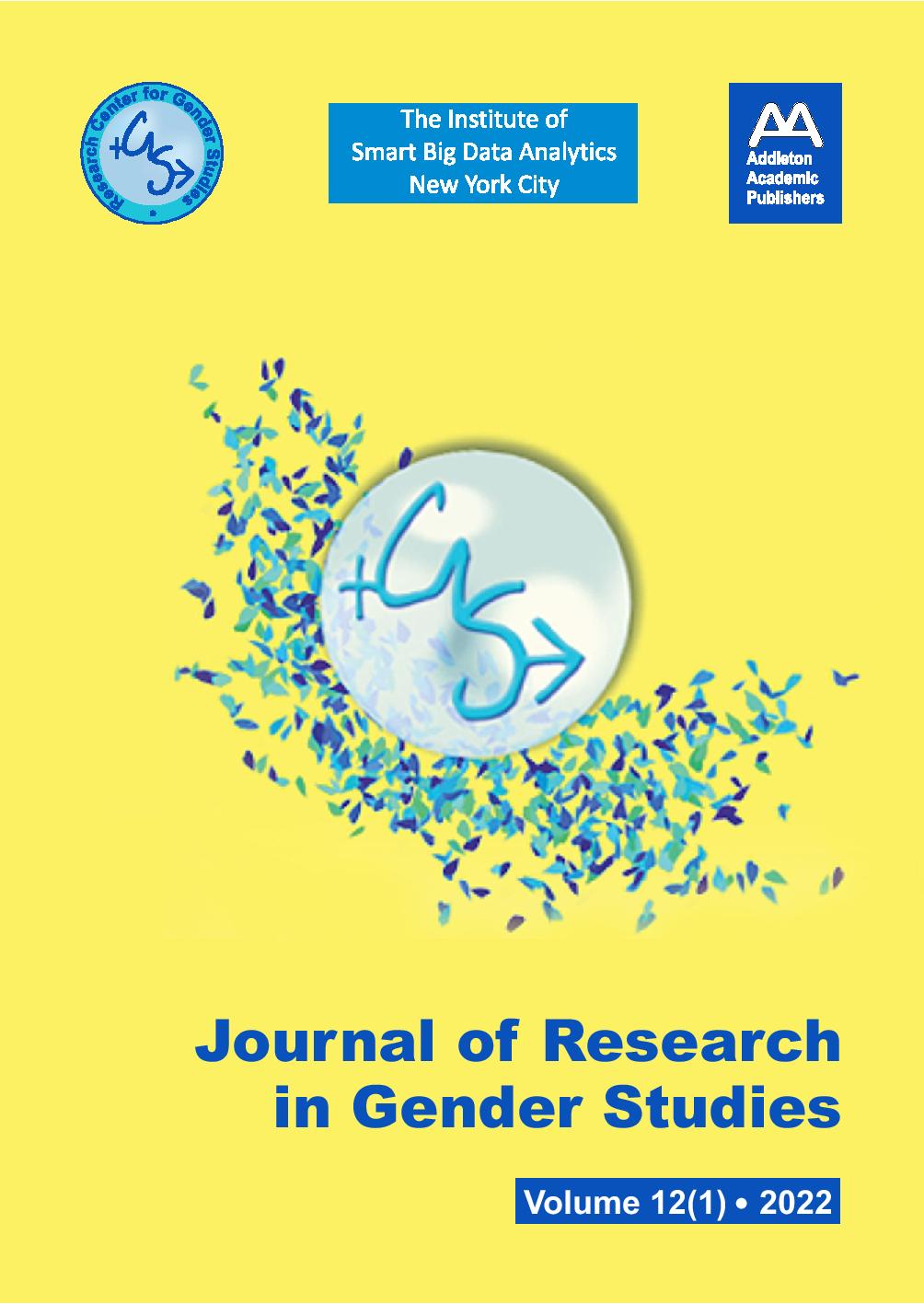Menstrual Tracking Apps, Fertility Algorithms, and Intimate Behavior Data
Menstrual Tracking Apps, Fertility Algorithms, and Intimate Behavior Data
Author(s): Mária Kováčová, Jakub Horák, Adela-Claudia CuțitoiSubject(s): Gender Studies, Health and medicine and law
Published by: Addleton Academic Publishers
Keywords: fertility algorithm; sexual and reproductive health; intimate behavior data;
Summary/Abstract: We draw on a substantial body of theoretical and empirical research on menstrual cycle and fertility tracking apps. With increasing evidence of female self-governance and empowerment, there is an essential demand for comprehending whether menstrual trackers can quantify and visualize a fertile window in conformity with basic and approximate determinants of the period physiology, possibly leading to unintended pregnancies. In this research, prior findings were cumulated indicating that fertility apps tracking menstrual cycles leverage intimate behavior data. We carried out a quantitative literature review of ProQuest, Scopus, and the Web of Science throughout February 2022, with search terms including “menstrual tracking apps” + “sexual and reproductive health,” “fertility algorithms,” and “intimate behavior data.” As we analyzed research published in 2015 and 2022, only 196 papers met the eligibility criteria. By removing controversial or unclear findings (scanty/unimportant data), results unsupported by replication, undetailed content, or papers having quite similar titles, we decided on 14, chiefly empirical, sources. Data visualization tools: Dimensions (bibliometric mapping) and VOSviewer (layout algorithms). Reporting quality assessment tool: PRISMA. Methodological quality assessment tools include: AMSTAR, Distiller SR, ROBIS, and SRDR.
Journal: Journal of Research in Gender Studies
- Issue Year: 12/2022
- Issue No: 1
- Page Range: 9-23
- Page Count: 15
- Language: English
- Content File-PDF

